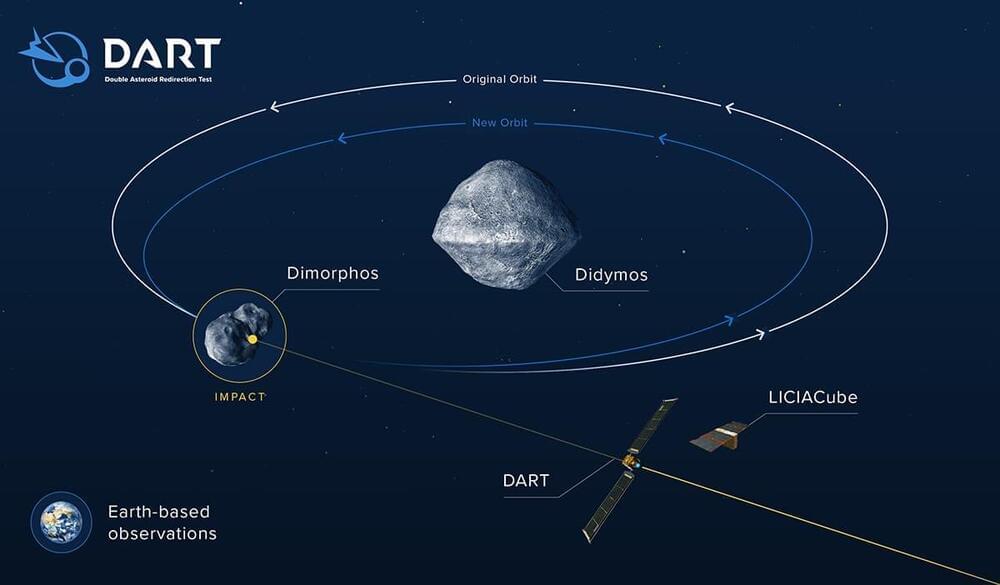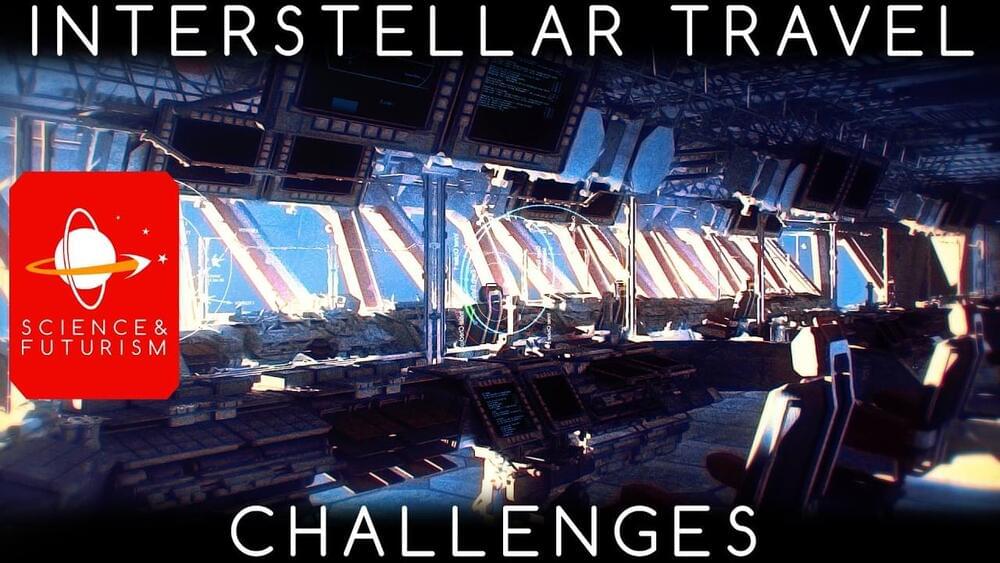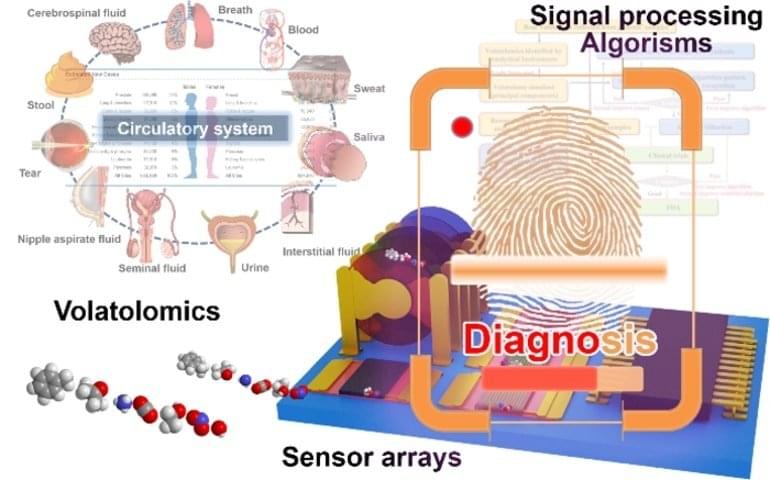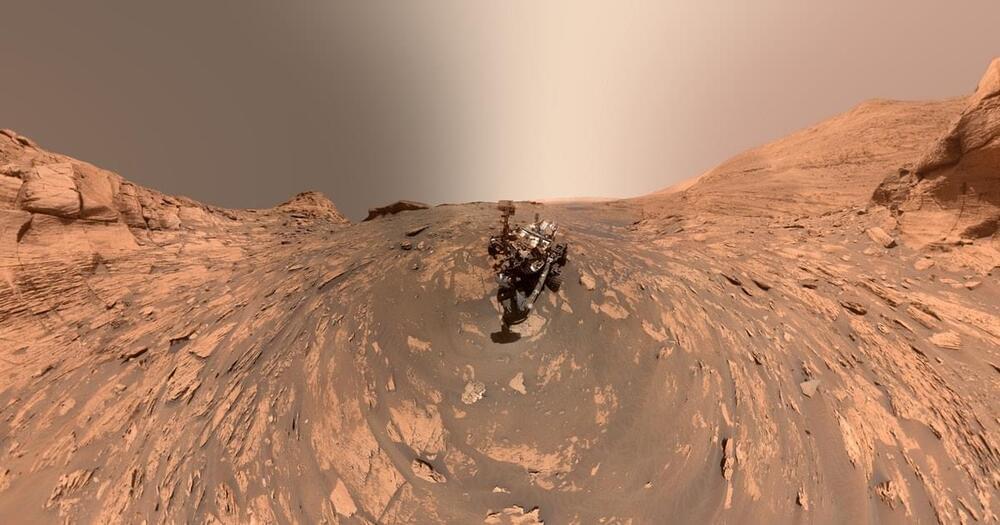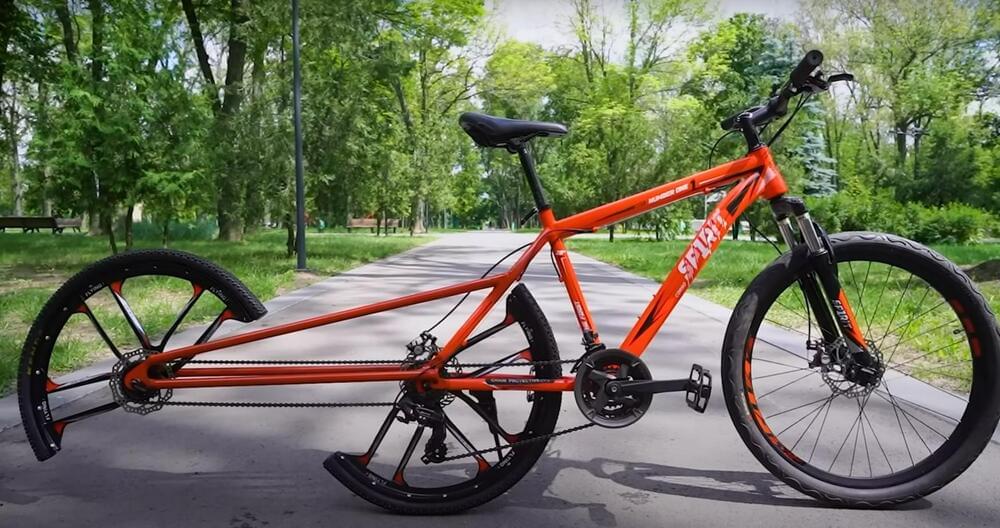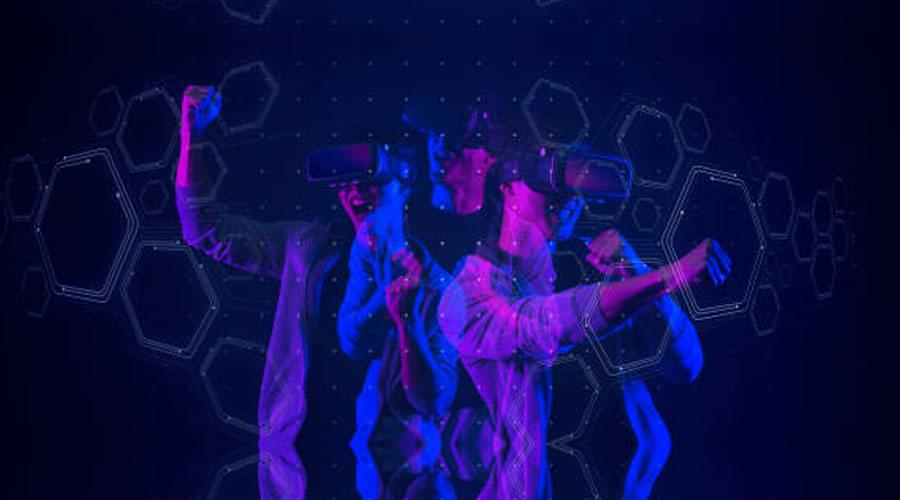Jun 30, 2022
Consciousness: Explored and Explained
Posted by Dan Breeden in categories: futurism, neuroscience
Consciousness is a terrible curse. Or so says a character in screenwriter/director Charlie Kaufman’s Being John Malkovich. Part theater of the absurd and part neuroscience fiction, the Oscar-winning filmmaker’s work captures the splintering between what we perceive and what we feel as our brains grapple with multiple layers of reality. Neuroscientist Giulio Tononi, one of the world’s leading sleep researchers, casts new light on the science of the mind, probing where and how consciousness is generated in the brain. Watch this spellbinding conversation between Kaufman, Tononi, and moderator Alan Alda as they explore and explain the art, science, and mystery of consciousness.
The World Science Festival gathers great minds in science and the arts to produce live and digital content that allows a broad general audience to engage with scientific discoveries. Our mission is to cultivate a general public informed by science, inspired by its wonder, convinced of its value, and prepared to engage with its implications for the future.

